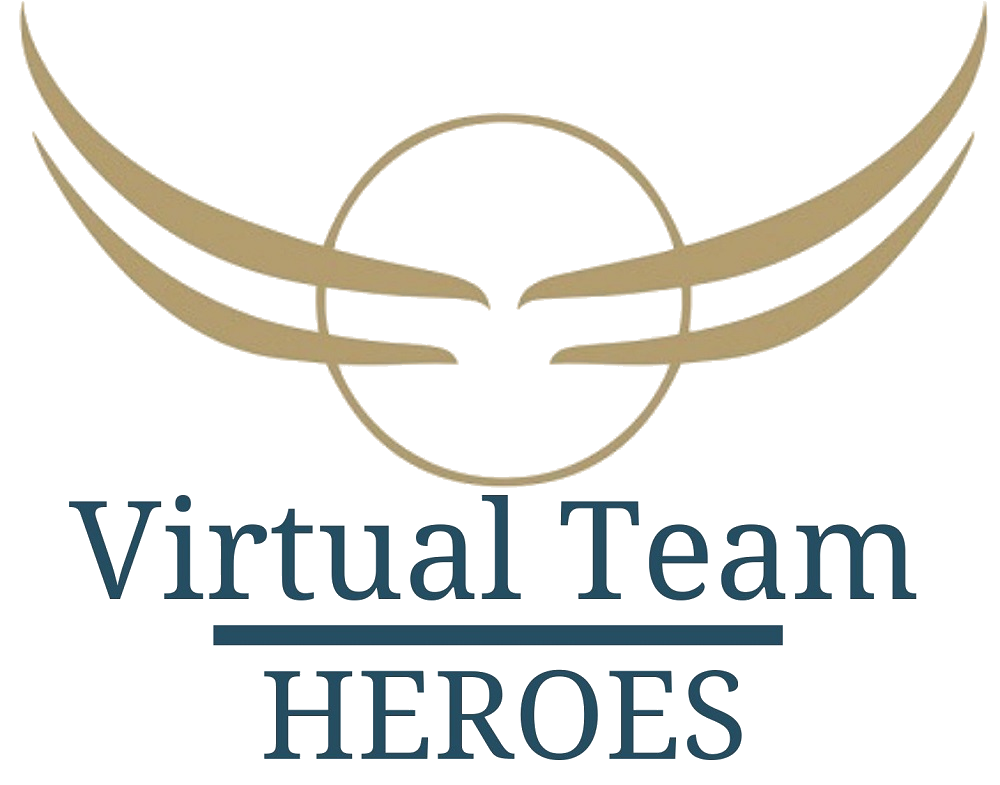This website uses cookies so that we can provide you with the best possible user experience. Cookie information is stored in your browser.

Digital Fitness for leaders and teams
For the digital workplace and work environment, managers and employees need an upskilling of their skills, which we describe as digital fitness. Digitisation know-how is often referred to as the ability to use tools and technology, and it is much more than this.
„Digital Fitness“ is a special combination of attitudes, behaviours, skills, knowledge, methods, and abilities to shape the changes and requirements of the digital world successfully. With digital fitness, managers and employees are able to analyze unplanned and unpredictable events in an increasingly dynamic digital environment, find new decision alternatives and solutions, and implement new methods in practice. They know how to apply tools to communicate, collaborate, and solve problems. They know the specific and compelling design criteria for successful digital collaboration and can adapt these for their own context and team.
In all industries and all business sectors, improving the digital skills of employees and leaders has become indispensable. A technologically savvy workforce helps your businesses respond quickly to change and compete better.
Digital skills have never been more important with the shift to digital collaboration. Even if some employees return to the office after the pandemic, there will not be a complete return to the old way of working. This no longer works in the digital future. There has already been a reversible mindset shift. The use of digital tools and the speed of change will continue to increase.
Unfortunately, this sudden boom in digital work has also brought new challenges. Both employees and managers have a skill gap in their digital capabilities.
Understand digital trends and the use of technology and tools in the workplace.
Digital fitness involves both assessing technology trends for yourself and your company, and implementing digital tools properly. If employees hardly use the tools, the tools aren’t often the real problem, but the wrong understanding and use. Companies make the mistake of introducing tools top-down. Employees are often overwhelmed by the number of tools or communication channels. More tools do not make people more productive. A clearly structured digital workplace, where everyone knows how to work together, where to find what information, and where to share knowledge, does.
Analyse how digital technologies influence how we work and what this means for everyone.
- Which technologies and tools in the workplace do we need, and which do we no longer need?
- Do employees use specific tools in the workplace now or in the future?
- What mix of tools makes us productive?
- What are the things that employees struggle with? What kinds of approaches does your company take to solve these problems?
- What guidelines for tool use do we have in place?
Learn the specifics of digital communication.
Digital communication follows different rules than communication in person. Digital fitness means knowing, reflecting, and using the best communication strategies for effective collaboration in the digital workplace.
- What are the differences between the various communication tools and platforms?
- Which communication channels do I use and when?
- How can I express my intention at a distance?
- How can I involve everyone, and how do I stay connected?
Implement an efficient and „healthy“ digital work organisation
Digital collaboration requires an adapted work organisation (consider “time” and “place”): Asynchronous organisation ensures concentrated, undisturbed completion of tasks in one’s own schedule, which increases productivity. On the other hand, synchronous online collaboration is important for generating ideas, solving problems together as a team, and fostering team connectivity. Too much asynchronous work threatens to break up the team. Too much synchronicity and being constantly „online“ has been proven to overload employees and lead to stress.
- What does successful digital collaboration mean for us?
- How do we find a good balance between synchronous and asynchronous collaboration and communication?
- How do we meet the requirements of our processes and the needs of our employees?
- What is needed to ensure a high level of transparency and to keep everyone up to date without creating overload?
Develop an understanding of well-being in the workplace
In the fast-paced, dynamic digital world, the topic of „mental health“ and „resilience“ – the ability to adapt to change – is becoming increasingly important.
Digital fitness, therefore, also means:
- Understanding why digital work can quickly lead to overload and stress
- Implementing a „healthy“ digital work organisation in the team
- Developing mental health routines
- Create a culture of psychological safety where everyone can talk about personal preferences and overload with confidence.
- Develop organisational and personal resilience.
Digital fitness starts with the right mindset. It is the foundation and crucial for a successful transformation. Mindset describes a necessary essential attitude, a way of thinking, and beliefs to accept challenges, be open to changes, and not stick to old habits. We are happy to support you. Please get in touch with us.
Read my current and new book „Digital Fitness for Managers: Practical Knowledge, Skills and Checklists for the New Hybrid World of Work“.

